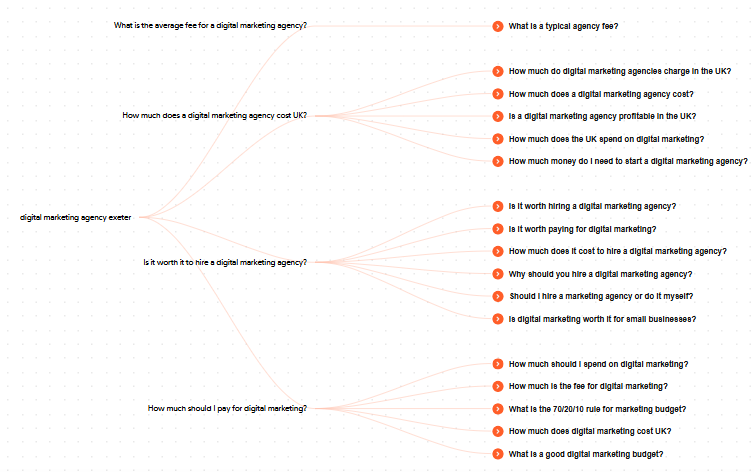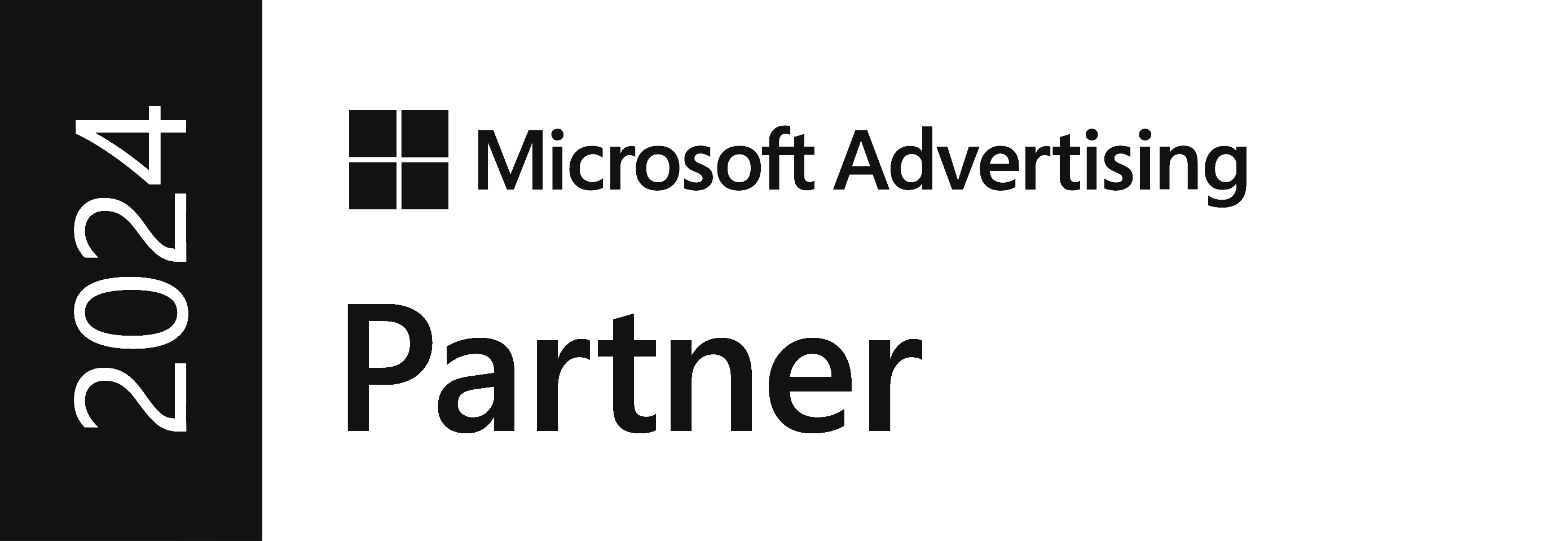On the 10th July 2025, Instagram content became indexable in Google SERPs. That’s right, your business' pictures, carousels, and reels are now eligible to appear in Google results across the globe. This update is available to all professional accounts that include businesses or creators aged 18 and over.
If adopted well, this offers your business an opportunity for increased visibility through broader reach and new viewers.
Let’s take a closer look at the SEO considerations.
Instagram SEO Overview
Google has been indexing content for years, even in cases where it was previously restricted by robots.txt. Recent testing across Italy indicates that Instagram content is now eligible to appear in all top-10 positions on Google search results. Notably, the highest frequency of appearances is between the 2nd and 4th positions. This suggests that Instagram content is already well-optimised to compete effectively with traditional web content in Google's SERPs.
To make the most of this opportunity, you need to learn how and when to insert highly relevant keywords into:
Your bio
The first line of your captions
The content itself (i.e. the words you say in videos and the text you include in carousels)
Possibly in your hashtags too
Here's my guide on how to do this in just 15 minutes.
#1 Check it's turned on
This feature should be on by default, but just to be sure, start by heading to:
Settings > Account Privacy > Allow public photos and videos to appear in search engine results
 If for any reason, you don’t want your content to be discoverable in Google (maybe you want to keep it where it was designed to be, on its native platform), then you can turn this off here.
If for any reason, you don’t want your content to be discoverable in Google (maybe you want to keep it where it was designed to be, on its native platform), then you can turn this off here.
#2 Find out what your customers are searching for
Head to either a keyword research tool like Google’s keyword planner or a search listening tool like AnswerThePublic. Personally, I prefer to use AnswerThePublic.
Here you can find out what your potential customers are searching for on Google, Instagram (and other channels like Amazon, YouTube, TikTok and Bing). These are the keywords we want to insert into our Instagram copy.
Start by entering a phrase that best describes your business or the post content. For example, I’ve searched “Digital Marketing Agency Exeter”.
Here I can find:
Search Volume: The number of people searching for this term each month
"People also ask" from Google: Similar terms my audience are searching for. Here I can see people are searching for the phrase “Is digital marketing worth it for a small business”
 Oftentimes, you’ll find opportunities to include high-volume search terms that are only a couple of words away from what you were planning to write anyway. This small tweak to include a higher volume search term could greatly improve your reach, and help get you in front of new potential customers.
Oftentimes, you’ll find opportunities to include high-volume search terms that are only a couple of words away from what you were planning to write anyway. This small tweak to include a higher volume search term could greatly improve your reach, and help get you in front of new potential customers.
Please note, you only get one free search a day on AnswerThePublic, so use it sparingly or consider signing up for an account.
#3 The science and art of Instagram SEO
The science: The guidance from Google is to insert the keywords into the first line of your post copy. Think of the “above fold” section of your post copy as a webpage title, where searchable text that Google can index and rank needs to live. So from an Instagram SEO PoV, I should probably start my post with “Is digital marketing worth it for a small business?”
The art: Incorporating relevant keywords whilst remaining authentic and incorporating the storytelling elements required for organic social media success. From a brand tone of voice, does “Is digital marketing worth it for a small business?” sound like an appropriate opening line for your business?
It might not.
The art and science of Instagram SEO: Lies in deciding whether the keywords can be used in a way that feels right for your business.
Can you make it work without compromising your brand identity?
Is the opportunity worth the potential risk of an awkward first impression?
It’s your call!
In this instance, I might write “A question we hear all the time is 'Is digital marketing worth it for a small business?’ Let’s discuss."
#4 Blow away the #cobwebs
Yes, I know, Adam Mosseri said hashtags aren’t relevant anymore - but this update likely changes things.
As it stands, hashtags appear to be a key contributing factor to Google ranking your Instagram content. Sadly, that doesn’t mean a return to spamming #like4like #followforfollow like it’s 2012 again. Instead, I recommend using a few, highly specific hashtags to provide the clearest signal to Google that this piece of content is about digital marketing for small businesses.
Whilst these recommendations are subject to change, at this moment in time I would recommend:
1 brand hashtag (i.e #OptixSolutions)
1 hashtag related to your audience (i.e. #smallbusiness)
1 hashtag related to the pain point (i.e. #digitalmarketingforsmallbusinesses)
With just an extra 15 minutes of optimising your post to include a highly relevant keyword, and the strategic use of hashtags, you could open your content to appear in Google SERPS and get even more new eyeballs on your business.
Take our free marketing assessment to discover actionable insights to improve your social media strategy and help you make the most of your marketing.
1st Floor, Alphin Brook House,
Alphin Brook Road,
Exeter EX2 8RG
MORE THAN
Digital
Marketing.
View our sustainability page.
PPC for B2B
PPC for Law Firms
PPC for Luxury Ecommerce Brands
PPC for Travel and Tourism
GEO Audit






